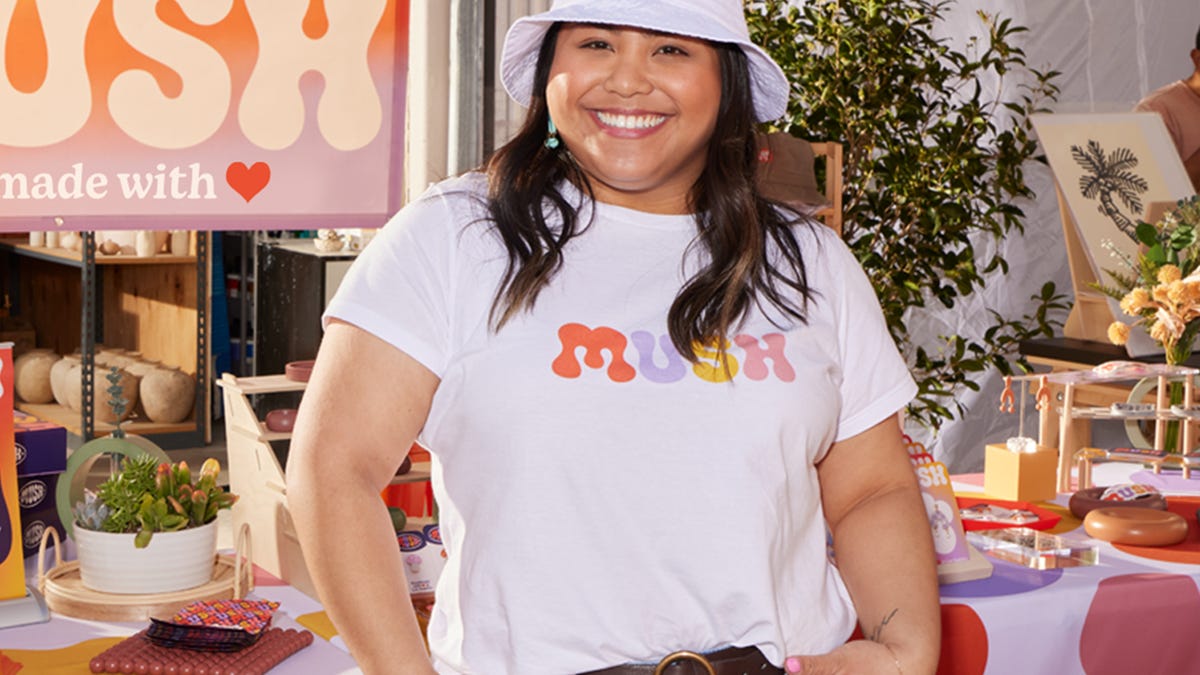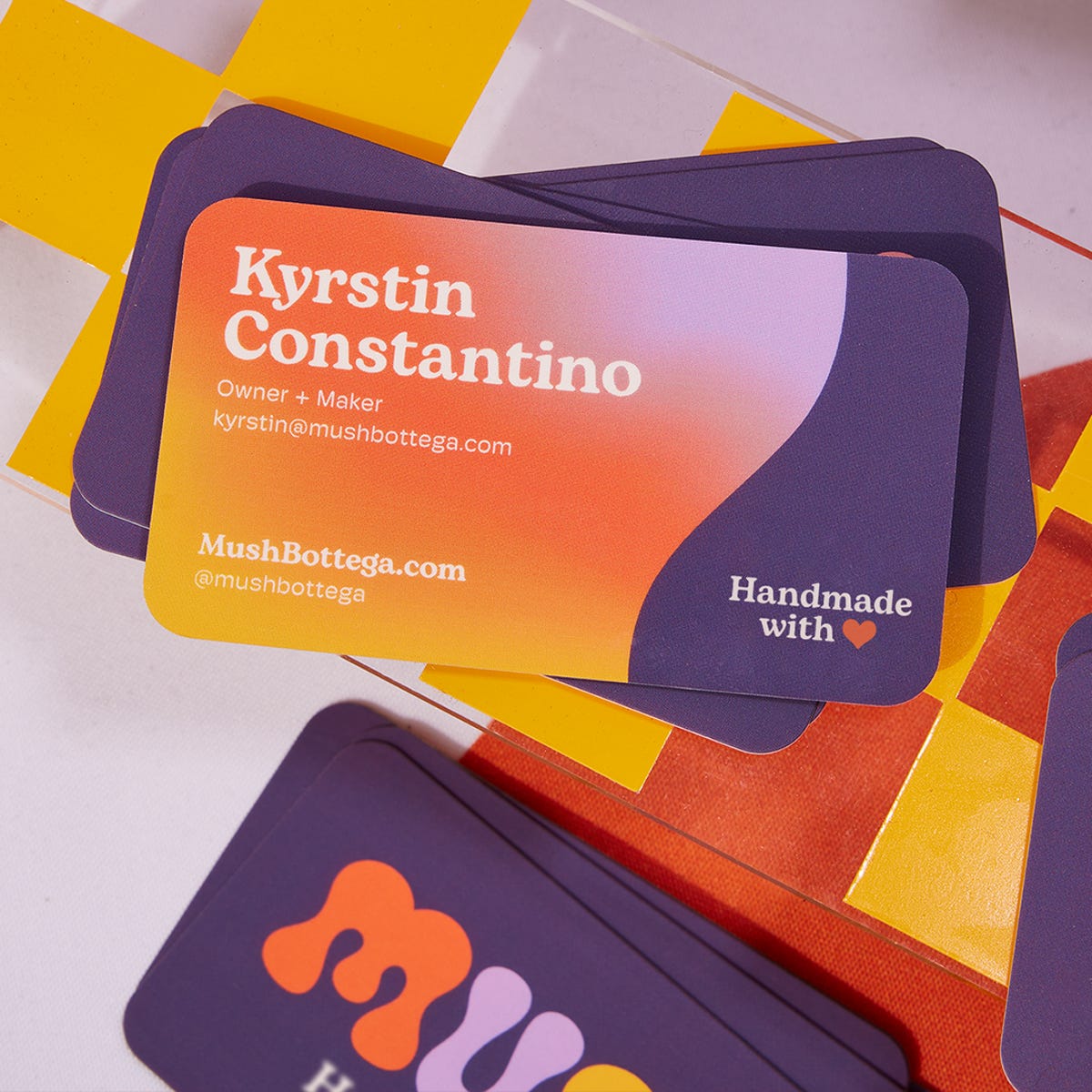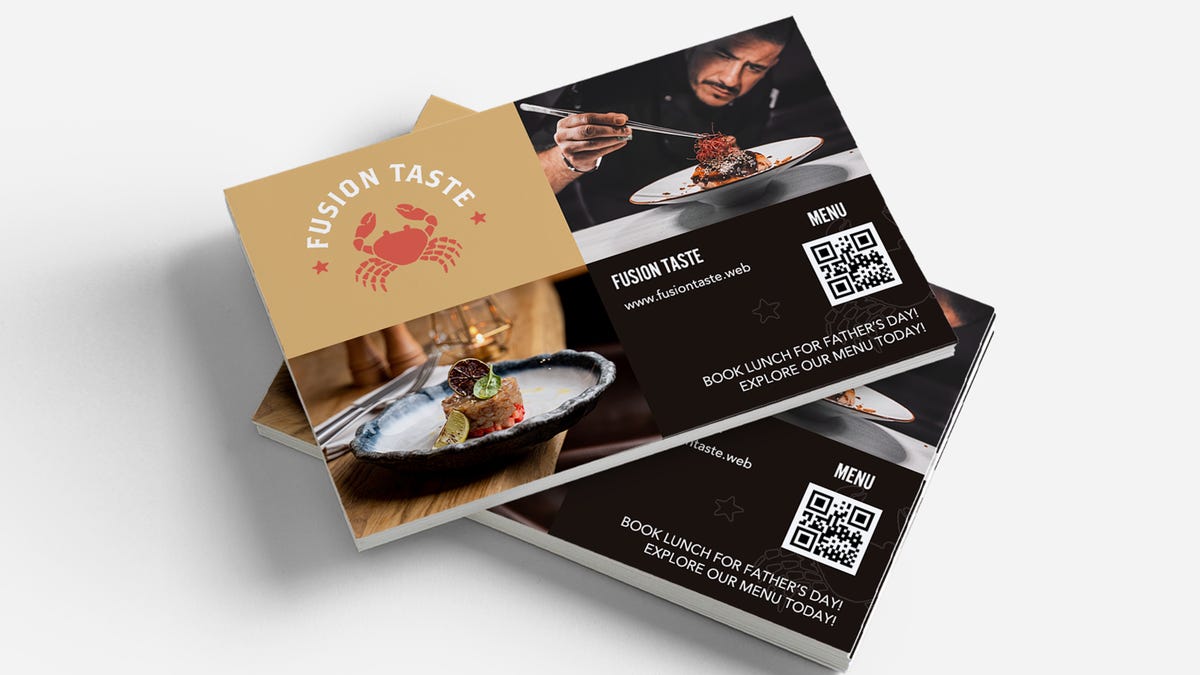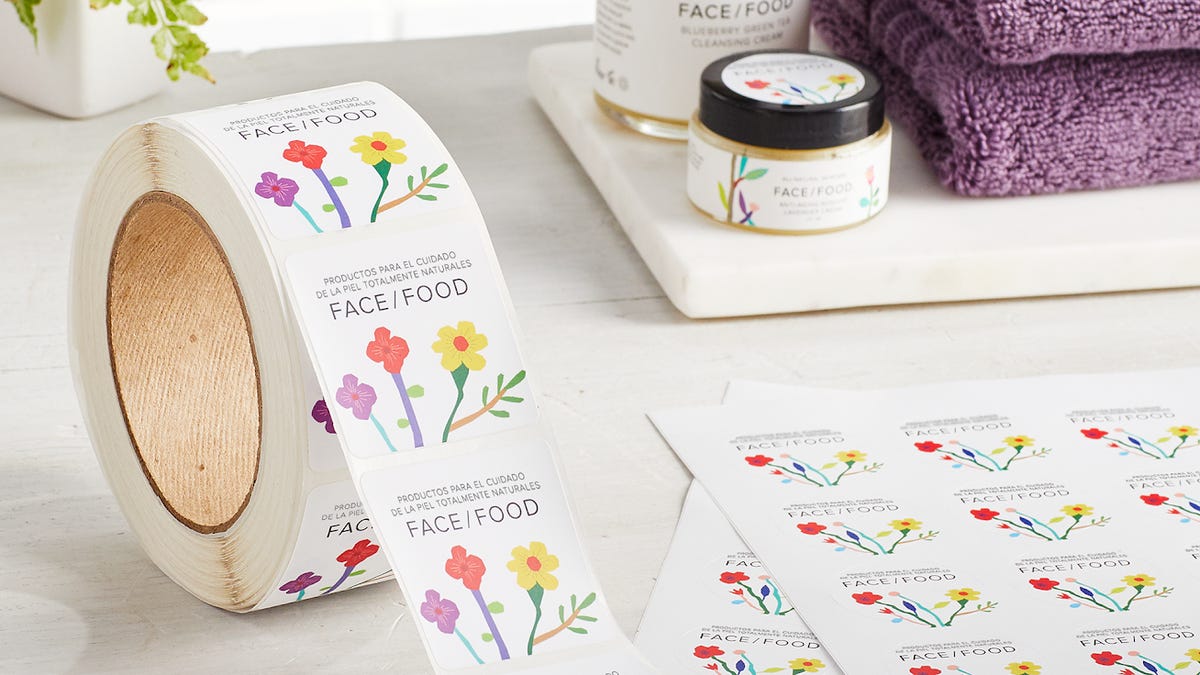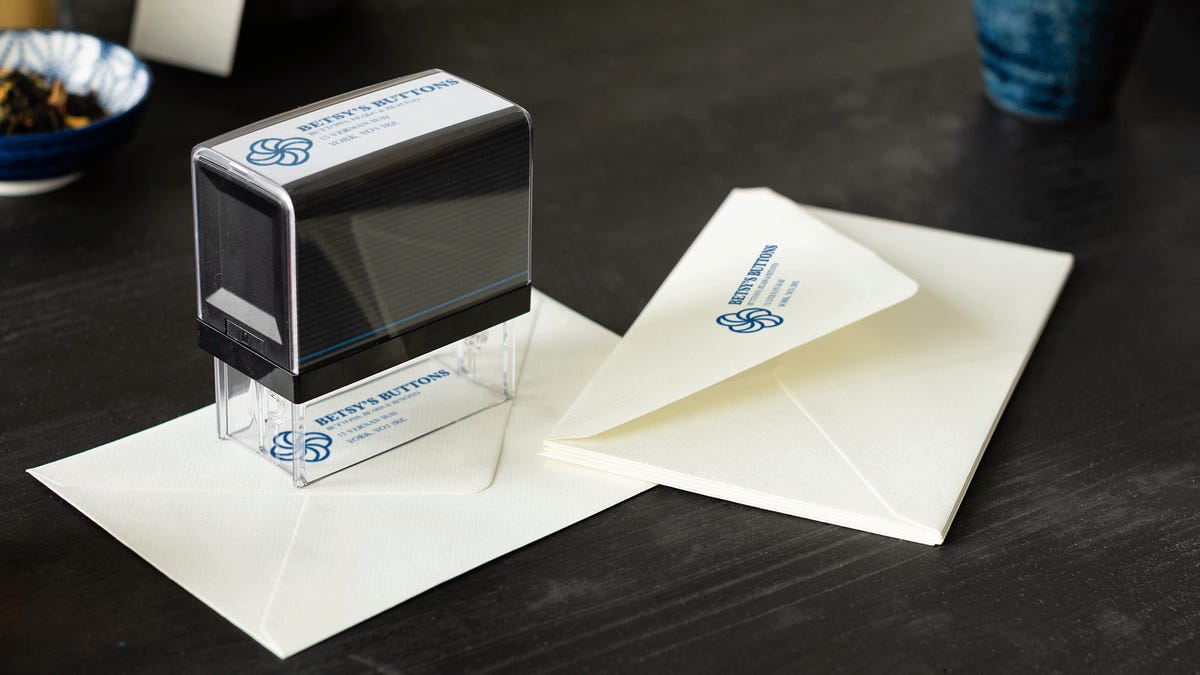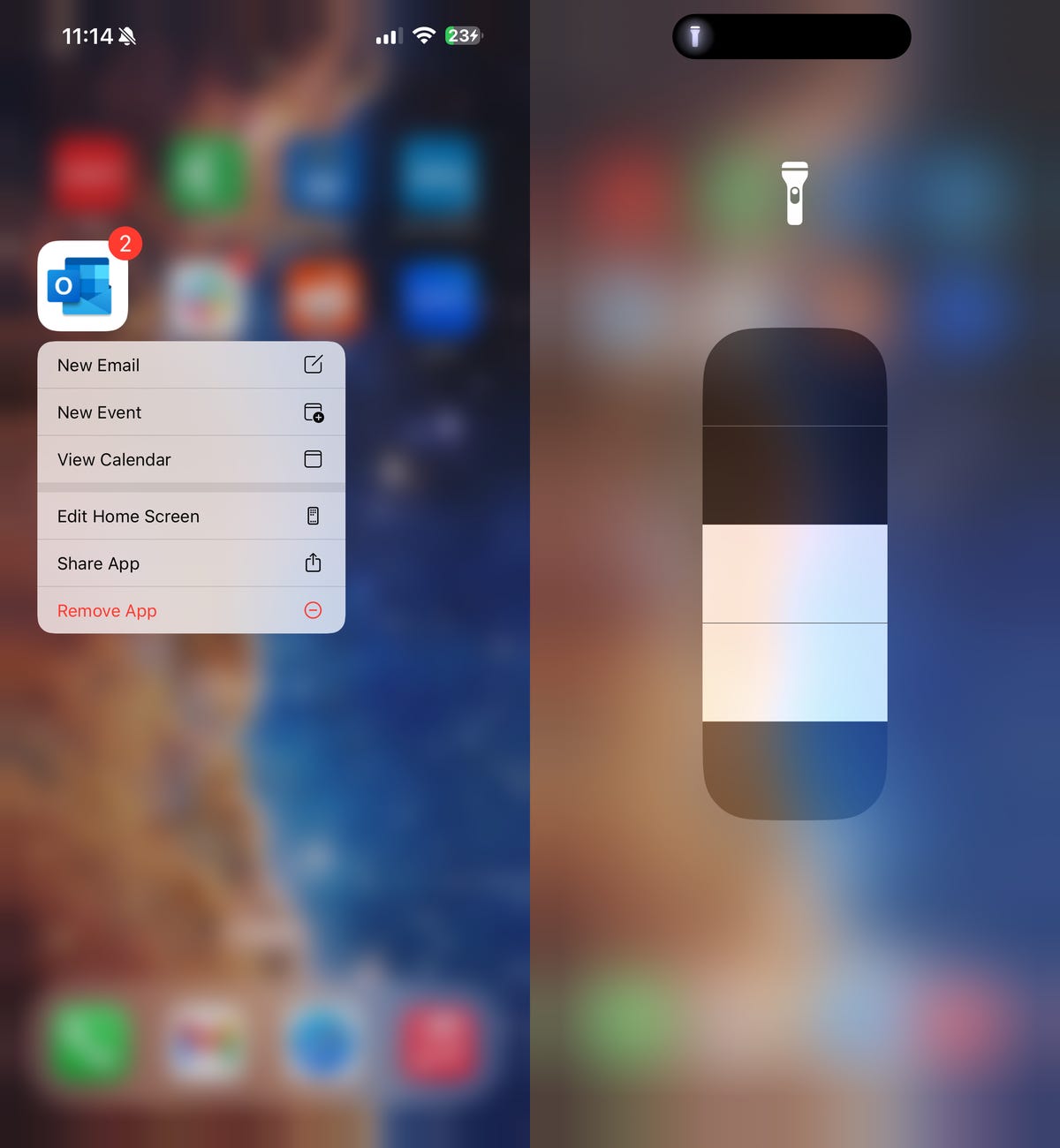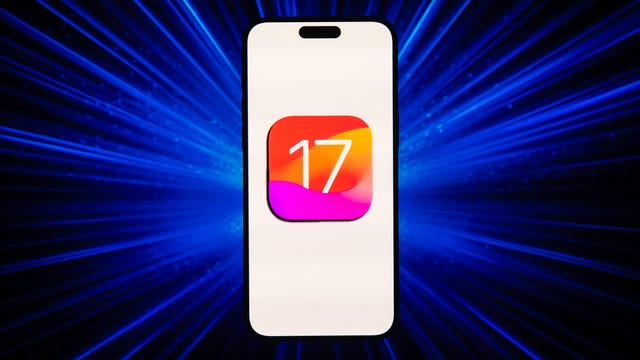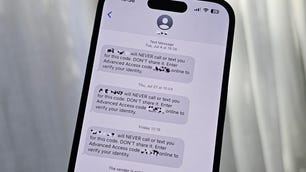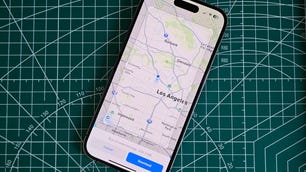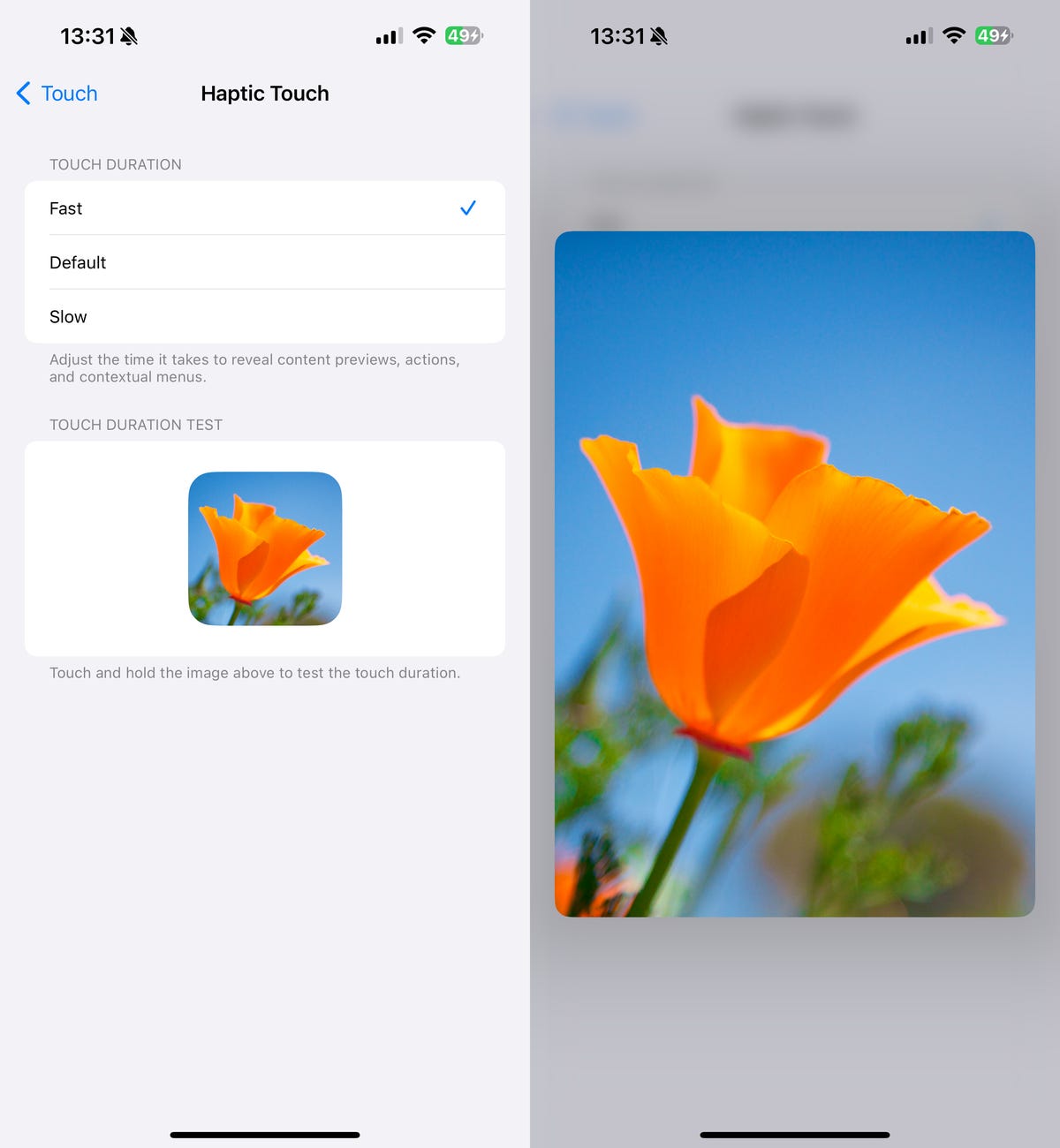It’s May, which means Bridgerton’s third season premiere is just a short carriage ride away. The Netflix series known for soirées, scandals and sweltering hot romances is turning things over to Colin Bridgerton and Penelope Featherington, or “Polin,” for short.
Based on Julia Quinn’s Bridgerton book series, Netflix’s hugely popular Regency-era show follows the fictional Bridgerton siblings and (so far) details their love stories. Season 3 will be the first not to follow the order of Quinn’s novels, twirling past the third book about Colin’s brother Benedict to focus on the fourth. (But that doesn’t mean the show won’t get to Benedict eventually.) Whereas last season told Anthony and Kate’s enemies-to-lovers saga, this season could potentially push Polin from close pals to something more.
Season 3 is a two-parter with release dates in May and June. Bridgerton will return for season 4, but here’s what you need to know about the next sure-to-be-swoon-worthy season of the show.
When does the new season drop?
Grab a quill (or a more contemporary writing utensil) because you need to jot down two release dates for Bridgerton’s third season.
The first date, marking the release of the first four episodes, is May 16, and the remaining four eps arrive on June 13. You’ll be able to watch the new drops beginning at 3 a.m. ET/midnight PT.
Here are all the episodes in the two-part season:
Episode 1 – Out of the Shadows
Episode 2 – How Bright the Moon
Episode 3 – Forces of Nature
Episode 4 – Old Friends
Episode 5 – Tick Tock
Episode 6 – Romancing Mister Bridgerton
Episode 7 – Joining of Hands
Episode 8 – Into the Light
What can I expect this season?
Bridgerton is set in London in the early 1800s (well, a fantasy version) and has rotated between the romances of Daphne Bridgerton (Phoebe Dynevor) and Simon Basset/the Duke of Hastings (Regé-Jean Page), and Anthony Bridgerton (Jonathan Bailey) and Kate Sharma (Simone Ashley). Now, Colin (Luke Newton), the third Bridgerton son, and Penelope (Nicola Coughlan), the third Featherington daughter, are finally the main characters, and audiences will find out “how (or if…)” they go from friends to lovers, according to Netflix.
In addition to friendship, hidden feelings have been part of Polin’s journey so far. Season 3 showrunner Jess Brownell told Entertainment Weekly that setup made it the right time to have Polin’s season. “We’ve spent two seasons really getting to know Penn and Colin. We’ve been watching Penn’s crush and seeing how oblivious Colin is to it. That’s a dynamic that you can only play out for so long before something has to change,” Brownell told the magazine.
Season 3 won’t be a promenade in the park for Colin following the events of the season 2 finale. The season will catch up with Polin after Pen overheard Colin saying he would never dream of courting her. Brownell told the magazine that, in terms of recovering from that, “we’re going to make him work for it.”
If Colin previously had the upper hand, that’ll no longer be the case in season 3. Newton told Bustle “Nic and I have talked so many times about how Colin always held the power in their relationship because of how she felt toward him. It was fun to play the complete swap of that, of how she gains this power and confidence. We flipped everything on its head.”
The full synopsis, please
If you’re desperate for details like you’d be the contents of a thrilling scandal sheet, Netflix has provided a lengthy synopsis about Bridgerton season 3. The rundown includes some spoilers related to a certain Lady Whistledown. (If you don’t know what I mean, better bail now and watch some Bridgerton).
Per Netflix, season 3 “finds Penelope Featherington has finally given up on her long-held crush on Colin Bridgerton after hearing his disparaging words about her last season. She has, however, decided it’s time to take a husband, preferably one who will provide her with enough independence to continue her double life as Lady Whistledown, far away from her mother and sisters. But lacking in confidence, Penelope’s attempts on the marriage mart fail spectacularly.”
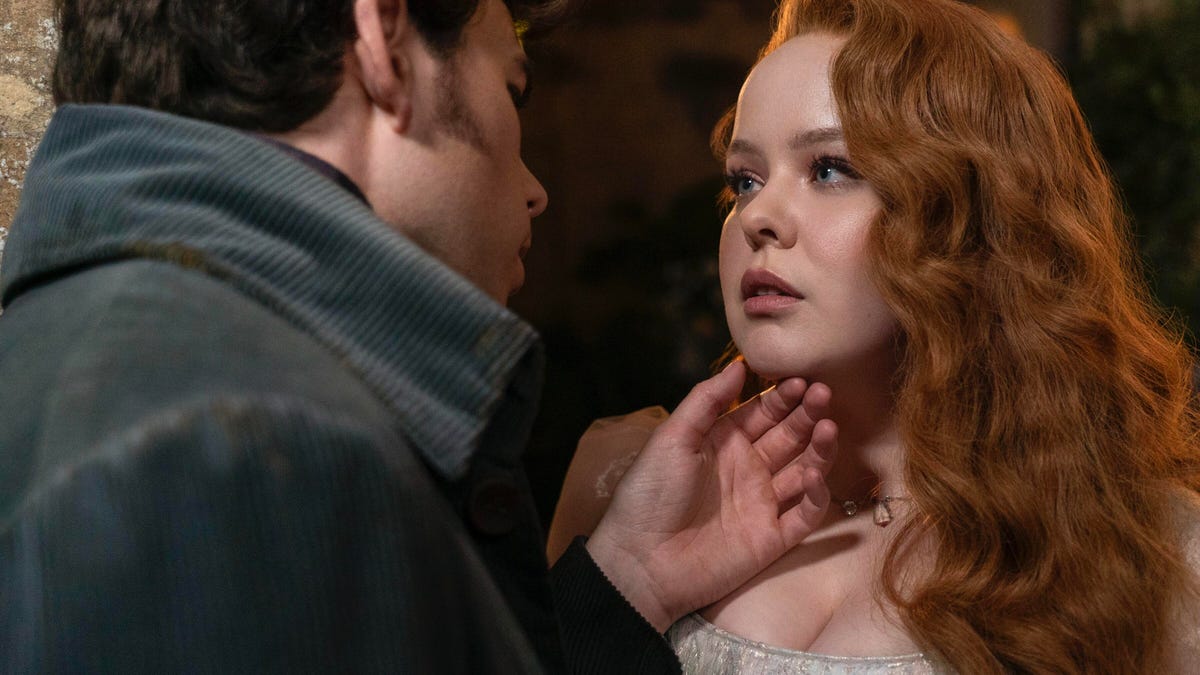
“Meanwhile,” according to Netflix, “Colin has returned from his summer travels with a new look and a serious sense of swagger. But he’s disheartened to realize that Penelope, the one person who always appreciated him as he was, is giving him the cold shoulder. Eager to win back her friendship, Colin offers to mentor Penelope in the ways of confidence to help her find a husband this season. But when his lessons start working a little too well, Colin must grapple with whether his feelings for Penelope are truly just friendly. Complicating matters for Penelope is her rift with Eloise (Claudia Jessie), who has found a new friend in a very unlikely place, while Penelope’s growing presence in the ton makes it all the more difficult to keep her Lady Whistledown alter ego a secret.”
Who’s in the cast
In addition to Newton, Coughlan, Jessie, Ashley and Bailey, the season 3 returning cast includes Luke Thompson as Benedict, Golda Rosheuvel as Queen Charlotte, Adjoa Andoh as Lady Danbury, Ruth Gemmell as Violet Bridgerton, Lorraine Ashbourne as Mrs. Varley, Harriet Cains as Philipa Featherington, Bessie Carter as Prudence Featherington, Jessica Madsen as Cressida Cowper, Florence Hunt as Hyacinth Bridgerton, Martins Imhangbe as Will Mondrich, Will Tilston as Gregory Bridgerton, Polly Walker as Portia Featherington and Julie Andrews as the voice of Lady Whistledown.
Hannah Dodd is taking over as Francesca Bridgerton, and other new cast members include Daniel Francis as Marcus Anderson, James Phoon as Harry Dankworth and Sam Phillips as Lord Debling, Pen’s suitor. Page, who starred in season 1 alongside Dynevor, confirmed via Instagram that he won’t be in this season, and the same might apply to Dynevor, who told Screenrant she’s “just excited to watch (season 3) as a viewer.”
Will there be a season 4 of Bridgerton? Which sibling is next?
Yes! Netflix renewed Bridgerton for seasons 3 and 4 back in 2021, but which Bridgerton sibling season 4 will center on is still anyone’s guess. There’s a book for each of the eight siblings, and while the show has strayed from their order, executive producer Shonda Rimes told Entertainment Tonight the aim is to follow each of the sib’s romantic stories (presumably over eight seasons). Benedict, who would have been up if the show stuck to Quinn’s sequence, could be the chosen one for season 4.
The end of season 3 will include clues as to which sibling is up next, according to Brownell in an interview with TV Insider.
Is there a trailer?
Indeed. In the official trailer, Eloise is clinging to Cressida instead of her usual bestie Pen. That definitely has to do with Pen and Eloise’s heavy fight last season, but it’s still tough to see Pen’s pained facial expression.
Colin, now looking “sturdier” than ever, wants to help Pen in her quest to find a husband and escape the Featherington household. But the consequences of the finale haven’t played out for them, either. Will friendships mend? Will Penelope find a match? The prolonged eye contact in this trailer is giving me my suspicions.
What else can I watch right now?
Season 3 won’t leave out last season’s love match — enemies-turned-lovers Kate and Anthony. They still seem happy together, according to the following clip, which includes Dodd, the new actress playing Francesca.
In another peek at season 3, Pen and Colin’s chemistry is on display while Pen appears to be practicing for the real deal with her favorite Bridgerton son. There’s also this tense clip showing Pen confronting Colin about his stinging words last season. It’s a bit spoiler-y if you’d rather wait to watch the confrontation on the show.



